8 Benefits Of Eating Indian Gooseberry & Its Nutrition Profile
Be it your heart, hair, or eye health, this nutritious fruit can help them all.
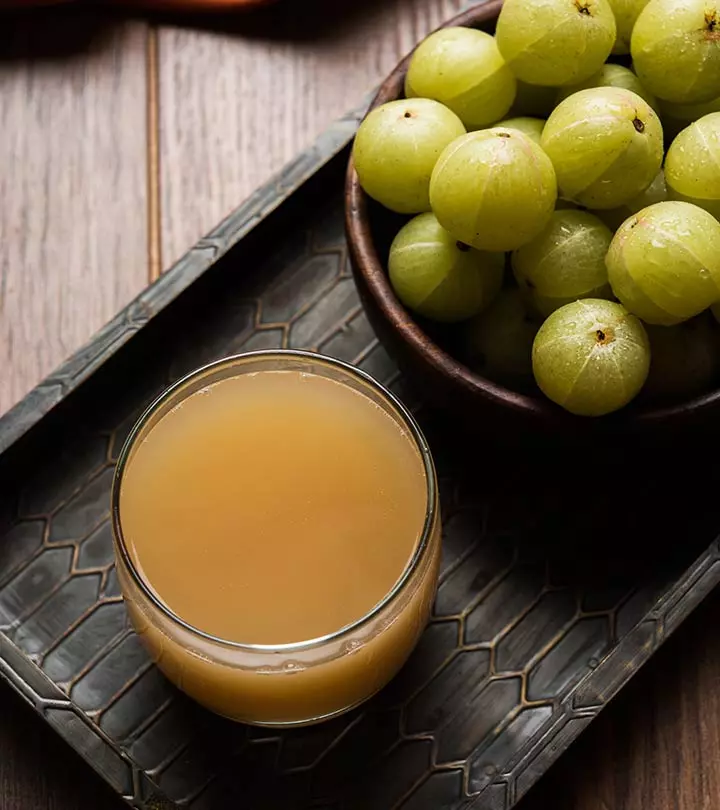
Image: Shutterstock
Indian gooseberry (amla) benefits you in various ways and promotes overall health. It was widely used in many medicines and tonics in Ayurveda. Amla is also popularised in social media as a rich source of powerful antioxidants.
Practitioners of Ayurveda say that this fruit can cure any health ailment, and even scientific research agrees on the same.
Learn more about amla and how this fruit can benefit you if included in your diet from the article below!
In This Article
What Is The Indian Gooseberry (Amla)?
The Indian gooseberry, also known as amla or amalaki, is a nutritious fruit of a tree that mainly grows in India, the Middle East, and some Southeast Asian countries. This fruit is known for its high vitamin C content.
Due to its powerful antioxidant properties, it has been used in Ayurveda for thousands of years to boost immunity and improve health. Traditionally, it has been used to treat cold and cough, improve digestion, enhance fertility, and improve hair growth.
In the following section, we will get to these details.
What Are The Health Benefits Of The Indian Gooseberry?
1. Promotes Hair Health
The biggest hair problems that people face are alopecia (hair loss) and hair thinning. This is most often caused by a deficiency of vitamin C, among other vitamins. The vitamin C in Indian gooseberry has been clinically proven to promote hair growth and improve hair health in mice studies. It has, therefore, been considered very effective to treat alopecia (1). However, more clinical studies are needed to prove its efficacy in humans.
The Indian gooseberry also contains strong antioxidative properties that fight cell aging and degeneration. This also helps improve hair quality and can prevent premature graying.
2. May Aid Diabetes Treatment
The Indian gooseberry can help in controlling levels of blood sugar and lipids. A study conducted in 2011 tested the effect of the gooseberry on healthy volunteers and those with diabetes. At the end of the study, the participants with diabetes had significantly improved levels of blood sugar and blood cholesterol (2).
A Pakistani study further concluded that the fruit demonstrated excellent properties for treating diabetes and improving liver function when consumed regularly (3). However, if you are on antidiabetic medication, you need to exercise caution. Do not consume amla without consulting your doctor. It can be used as a preventive food more than as therapeutic.
3. Helps Lower Cholesterol
A 2012 study compared the effects of the Indian gooseberry and a statin drug on patients with high cholesterol levels. The study concluded that the fruit had cholesterol-lowering effects similar to the drug. Interestingly, more benefits were observed in patients who were given the Indian gooseberry.
The study further stated that including Indian gooseberry in the diet could help prevent coronary artery disease and atherosclerosis (4).
4. Boosts Immunity
The Indian gooseberry has brilliant immune-boosting properties (5). It is an excellent source of vitamin C, which not only helps promote immunity but also improves the body’s metabolism. This helps in preventing diseases and infection.
4. Aids Digestion
The fiber in Indian gooseberry adds bulk to your stool, helping in maintaining regular bowel movements.
Consuming Indian gooseberry before meals also stimulates gastric juices, thereby aiding better digestion and absorption of nutrients (6).
5. May Prevent Heart Diseases
The Indian gooseberry has been found to prevent atherosclerosis, which is a condition characterized by the build-up of plaque within the arteries. This condition, if not treated, can lead to a heart attack.
Studies have shown that the Indian gooseberry improves the overall functioning of the heart by increasing the elasticity of the blood vessels, reducing cholesterol and triglycerides, and decreasing plaque build-up within the blood vessels (7).
7. Promotes Eye Health
The vitamin C in amla fights bacteria and guards the eye against conjunctivitis and other eye infections. Consuming Indian gooseberry regularly helps improve vision health. It also makes the eye muscles stronger and provides relaxation to the eyes when they are tired and stressed.
A study conducted in 2010 proved that the regular intake of the Indian gooseberry treated and reversed cataract in lab rats (8).
8. May Help Fight Cancer
The build-up of free radicals in the body results in oxidative stress. This is one of the major causes of cancer.
The powerful antioxidants in the Indian gooseberry fight oxidative stress and eliminate free radicals from the body, thereby cutting down the risk of cancer.
The Indian gooseberry is rich in polyphenols and other compounds like gallic acid, ellagic acid, pyrogallol, and terpenoids – all of which act as antioxidants and work in multiple ways to treat and prevent cancer (9).
These are the ways the Indian gooseberry can benefit your health. The key is to include it in your diet on a regular basis. But how?
How To Include The Indian Gooseberry In Your Diet
- The Fruit, As It Is – The best way to eat the Indian gooseberry is to have it raw and fresh. If you cannot eat it as it is, you can slice the fruit and have it with some salt sprinkled over it.
- Dried Fruit – You canchop it and dry it in the sun. You can also add some spices to it before drying it. You can consume this dried version of the fruit as a dried pickle or a healthy digestive. However, remember, the vitamin C value is considerably reduced by sun drying.
- Dried Fruit Powder – You can finely blend the powder and add a teaspoonful of it to a glass of water. Drink this every morning.
- The Juice – This is a perfect and convenient way to add the fruit to your daily diet. Drinking one glass of fresh Indian gooseberry juice in the morning will offer you a bountiful of health benefits.
- The Oil – The oil of the Indian gooseberry is very beneficial for the skin and hair. When massaged on the hair and scalp, it makes the hair smooth and shiny and gets rid of the scalp issues like dryness, itchiness, and dandruff.
Including the fruit in your diet is quite simple, isn’t it? We have seen the many benefits of the Indian gooseberry. Apart from what we discussed, the fruit contains other essential nutrients that make it what it is.
What Is The Nutrition Profile Of The Indian Gooseberry?
The Indian gooseberry is an excellent source of vitamin C and is packed with antioxidants and fiber. It also contains other important nutrients like calcium, folate, phosphorus, and magnesium. All of these help promote normal bodily functions on a daily basis. Below are the nutrition values of 100 grams of the fruit.
| Nutrient | Value per 100 grams | % of RDA |
|---|---|---|
| Calories | 44 | 2% |
| Carbohydrates | 10.2g | 3% |
| Fiber | 4.3g | |
| Total Fat | 0.6g | 1% |
| Omega 3 fatty acid | 46mg | |
| Omega 6 fatty acid | 271mg | |
| Vitamin A | 290 IU | 6% |
| Vitamin C | 27.7mg | 46% |
| Calcium | 25mg | 2% |
| Iron | 0.3mg | 2% |
| Magnesium | 10mg | 2% |
| Phosphorus | 27mg | 3% |
| Potassium | 198mg | 6% |
| Folate | 6mcg | 1% |
Source: SelfNutrition Data
This nutritious fruit provides more health benefits than you can imagine. But like any ingredient, there is a limit to how much of it you can eat in a day.
How Many Indian Gooseberries Can You Eat In A Day?
To reap the most benefits from the fruit, you can follow any of the following dosages (per day):
- 1-2 fresh Indian gooseberries
- 15 -20 mL of fresh juice of the fruit
- 4-5 grams of dried fruit powder (mixed with a glass of water)
Try not to consume the fruit in excess quantities. Doing so can cause problems, which we will discuss in the next section.
What Happens If You Eat Too Many Indian Gooseberries?
Too much of anything is never good for the body, and the same goes for the Indian gooseberry:
- Since the Indian gooseberry is rich in vitamin C and fiber, consuming it in large quantities may cause acidity and constipation (10), (11).
- It is known to aggravate symptoms of cold since it is a natural coolant.
- The gooseberry is rich in potassium, so people with kidney problems or high blood pressure must consume it with caution.
Indian gooseberry is one of the major ingredients used in Ayurveda and is known for its high vitamin C content. Research shows that amla can effectively promote hair growth, manage cholesterol and diabetes levels, aid digestion, and cut down the risk of cancer and heart disease. You can consume amla whole or as powder. Amla oil is beneficial to skin and hair.
While taking 1- 2 gooseberries per day is ideal, overconsumption may aggravate cold symptoms. Amla’s high potassium content may negatively affect people with low blood pressure. Hence, moderation is advised.
Frequently Asked Questions
Can we eat amla on an empty stomach?
Yes, you can eat the Indian gooseberry on an empty stomach. But some sensitive individuals may experience acidity – and they may want to eat something light in the morning and eat the fruit later in the day.
Why should we not eat theIndian gooseberry at night?
The Indian gooseberry is acidic, and hence, it is not suggested to be eaten at night. The acid secretions in the stomach are higher at night, and eating the fruit may only trigger hyperacidity – resulting in heartburn and GERD (gastroesophageal reflux disease).
References
- “Preclinical and Clinical Studies Demonstrate That the Proprietary Herbal Extract DA-5512 Effectively Stimulates Hair Growth and Promotes Hair Health” Evidence Based Complementary and Alternative Medicine, US National Library of Medicine, National Institutes of Health.
- “Effect of Amla Fruit on Blood Glucose and Lipid Profile of Normal Subjects and Type 2 Diabetic Patients” International Journal of Food Sciences and Nutrition, US National Library of Medicine, National Institutes of Health.
- “The Effect of Phyllantus emblica Linn on Type-II Diabetes, Triglycerides and Liver” Pakistan Journal of Nutrition, Academia.
- “A Comparative Clinical Study of Hypolipidemic Efficacy of Amla with a 3-Hydroxy-3-Methylglutaryl-Coenzyme-A Reductase Inhibitor Simvastatin” Indian Journal of Pharmacology, US National Library of Medicine, National Institutes of Health.
- “Recent Trends in Potential Traditional Indian Herbs Emblica officinalis and Its Medicinal Importance” Journal of Pharmacognosy and Phytochemistry.
- “Consequences of excessive use of Amlarasa (sour taste): A case-control studyAmlarasa” Ayu, An International Quarterly Journal of Research in Ayurveda, US National Library of Medicine, National Institutes of Health.
- “Supplementation of a Standardized Extract from Phyllanthus emblica Improves Cardiovascular Risk Factors and Platelet Aggregation” Journal of Medicinal Food, US National Library of Medicine, National Institutes of Health.
- “Effect of Aqueous Extract of Emblica officinalis on Selenite Induced Cataract in Rats” Iranian Journal of Pharmaceutical Research, US National Library of Medicine, National Institutes of Health.
- “Anticancer Properties of Phyllanthus emblica (Indian Gooseberry)” Oxidative Medicine and Cellular Longevity, US National Library of Medicine, National Institutes of Health.
- “Vitamin C in health and disease.” The Journal of Contemporary Dental Practice, US National Library of Medicine, National Institutes of Health.
- “Fiber and colorectal diseases: Separating fact from fiction” World Journal of Gastroenterology, US National Library of Medicine, National Institutes of Health.
Read full bio of Madhu Sharma
Read full bio of Ravi Teja Tadimalla






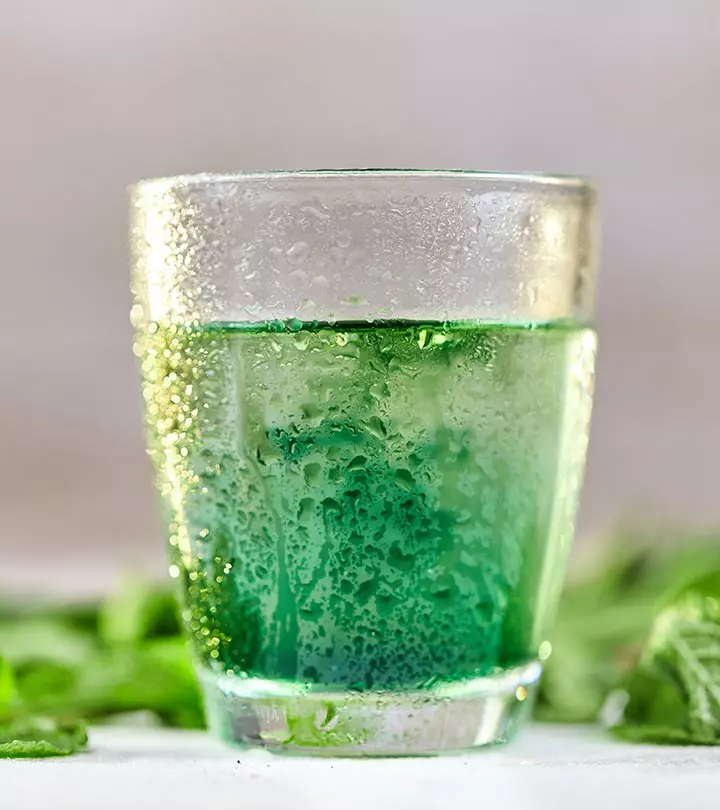
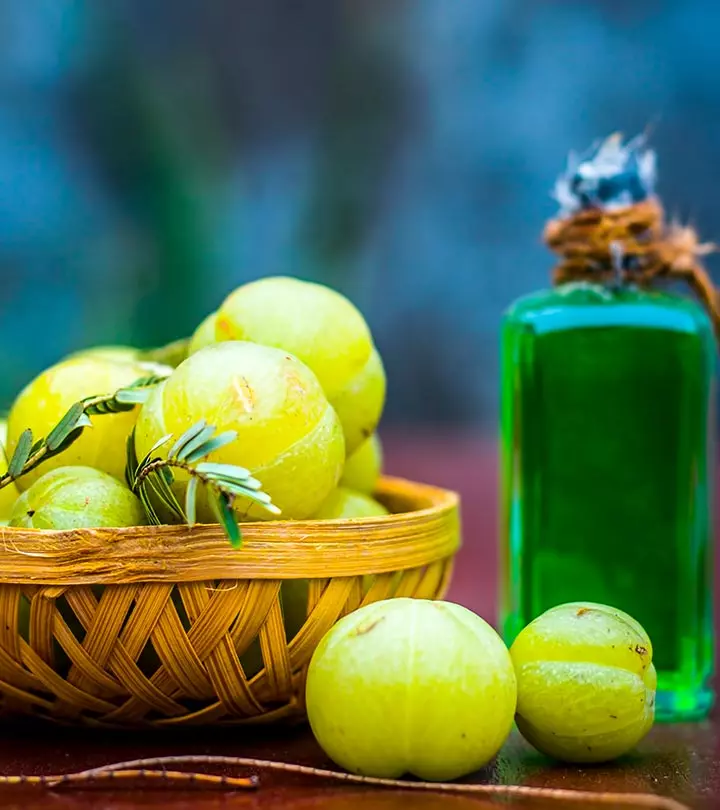
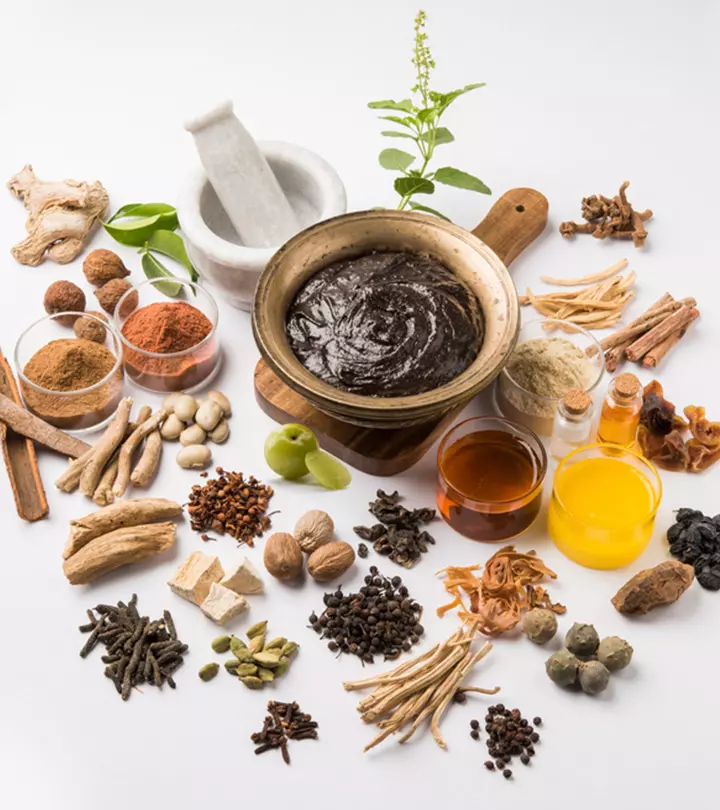
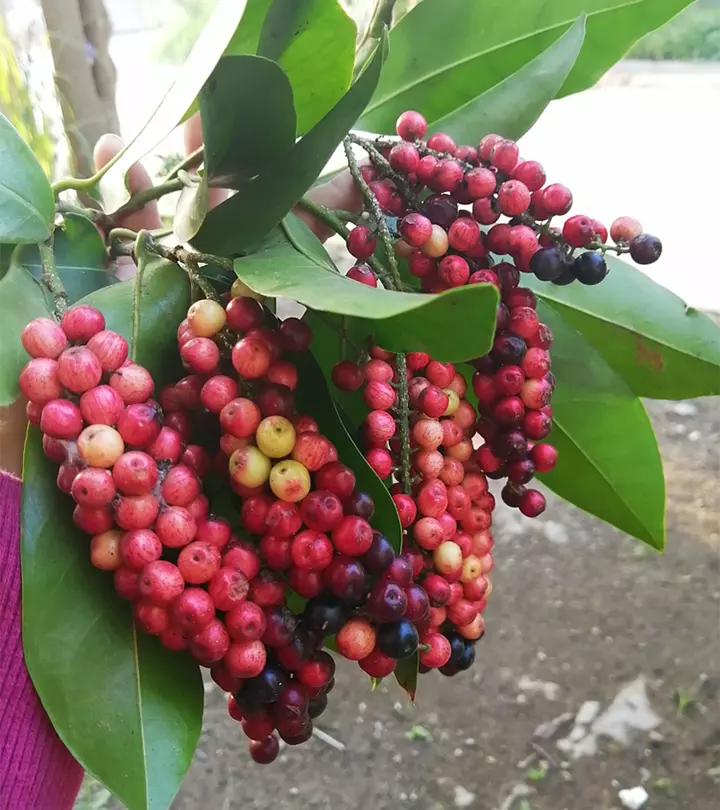


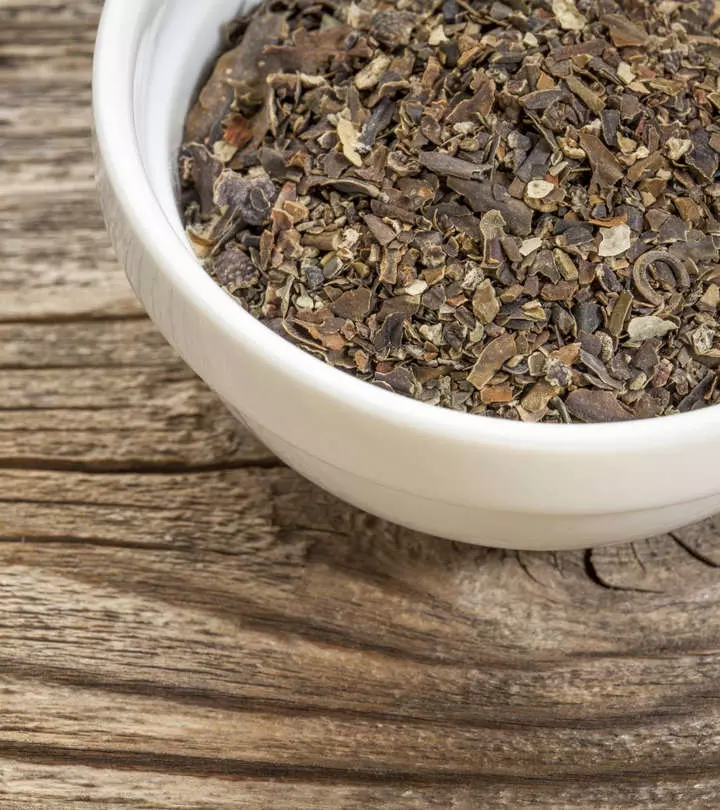


Community Experiences
Join the conversation and become a part of our empowering community! Share your stories, experiences, and insights to connect with other beauty, lifestyle, and health enthusiasts.